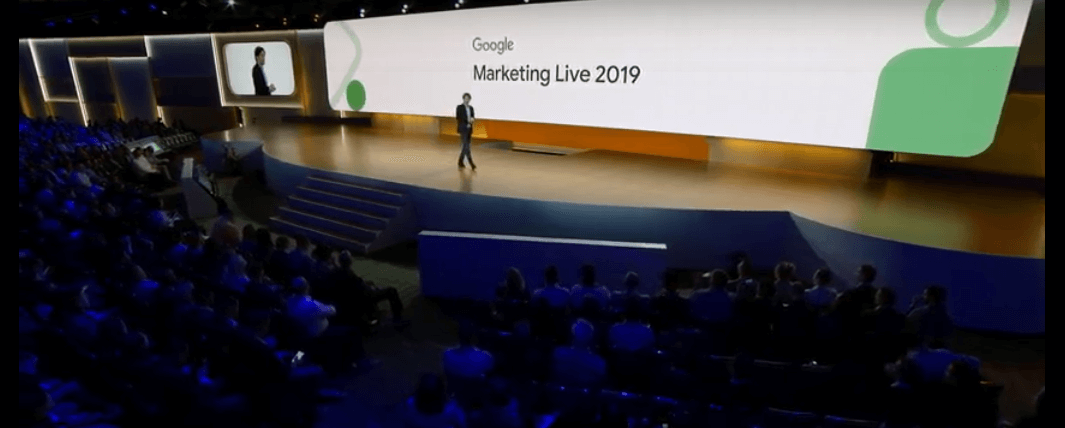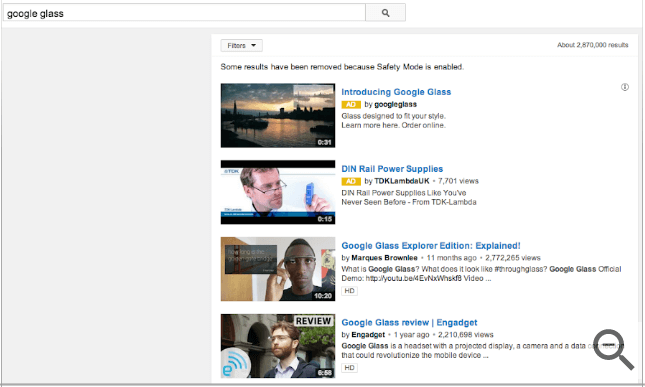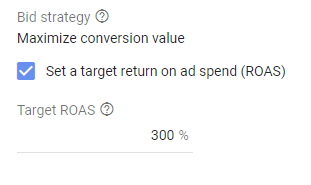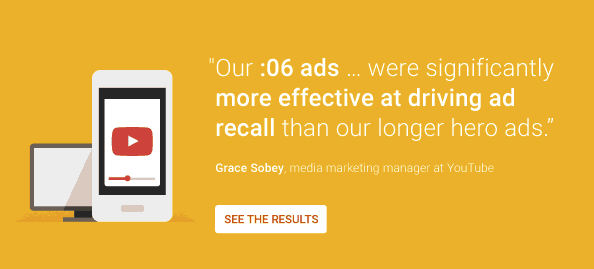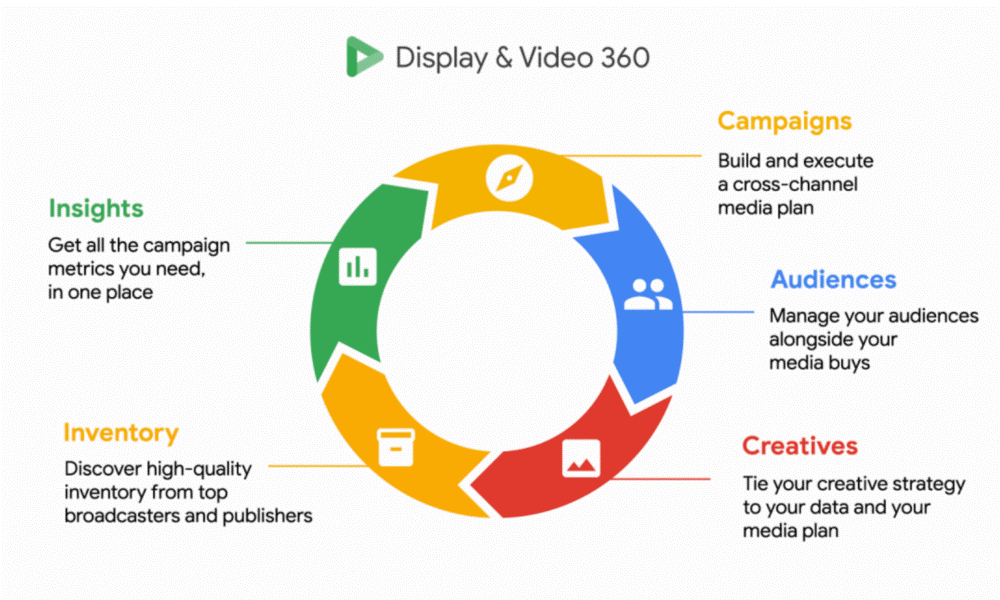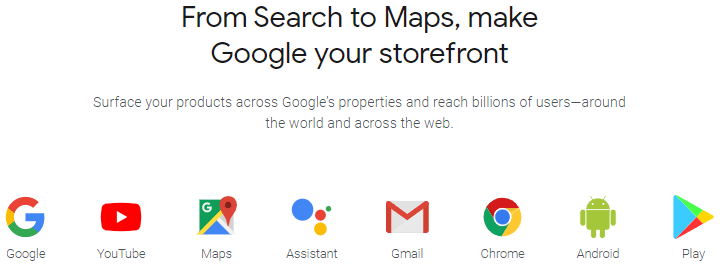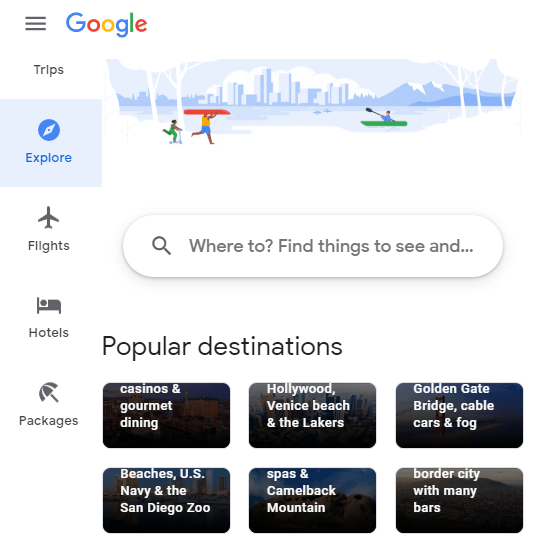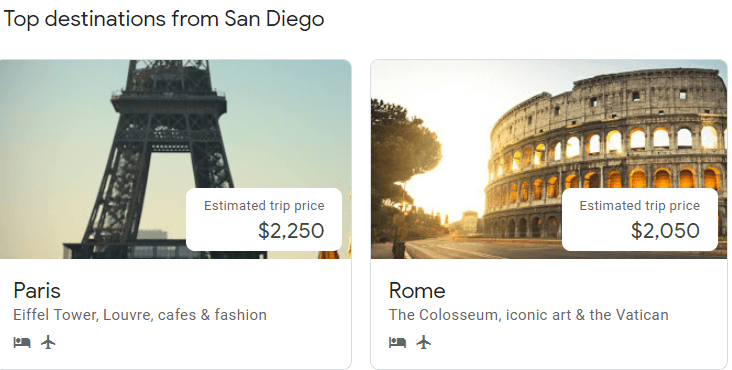50% of internet searches will be conducted using voice search next year...

Most marketers have heard this prediction before, and whether or not it is completely accurate, there is no denying the immense growth of voice search over the last few years. Smart speakers are becoming an increasingly common household item, and savvy marketers are looking to take advantage of this trend.
Because voice search is still growing in popularity and professional use, you can get ahead of the curve by doing what you can to optimize for voice search now. Let’s dive into how you can start optimizing your digital marketing strategy for voice search.
Optimizing for Voice Search: SEO
Site speed is just as important for voice search as it is for traditional SEO.
Ensure your website loads quickly to increase your chances of ranking higher with voice search:
- Make sure your site is optimized for mobile.
- Build AMP pages for streamlined mobile viewing.
- Utilize website caching to improve page load speed.
- Compress files and images for faster loading.
Traditional SEO has shifted from focusing solely on keywords to creating quality content that speaks authoritatively on the themes behind the keywords you want to target. This shift is especially relevant when optimizing for voice search due to the more conversational tone of voice search queries. As it stands now, a search phrase spoken or entered into a search engine will yield the same results. However, when optimizing for voice search most searches are either questions, or longer search terms. It’s unlikely someone will say “Hey Google, dogs”. It’s more likely they would say something like “Hey Google, show me the best hotel in Cabo San Lucas”.
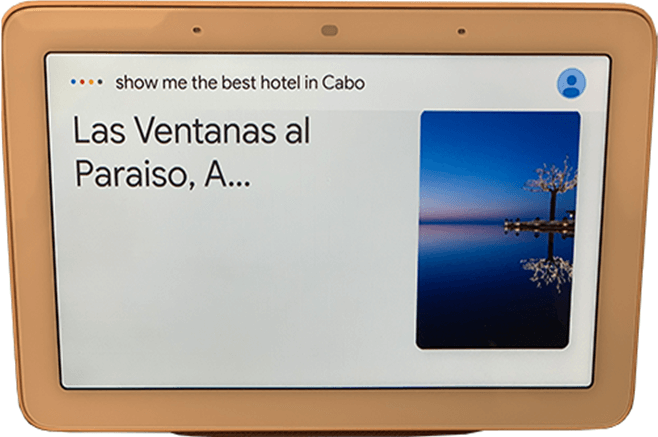
Include long tail keywords in your SEO strategy to ensure that your content is optimized for voice search. You can further optimize for voice search by adopting a more conversational tone in your website’s meta description and on-page copy.
Information-based searches dominate the voice search landscape. It is important to make sure your local SEO is fully optimized. When creating featured snippets and Google My Business listings, fill out all of the available fields to ensure that basic information about your business can be easily accessed through voice queries.
Optimizing for Voice Search: Paid Media
Take a look at your current search queries report and segment by queries that contain “Siri”, “Alexa” or “Hey Google.” Look for queries that have more than five words, as they are more likely to be the conversational searches you’re looking for. You probably won’t end up adding these queries as keywords to your campaign, but they do provide insights into your audience’s intent and can be useful as topics for articles or blog posts.
React to your audience’s voice search intent by making sure your content contains answers to the most common relevant questions.
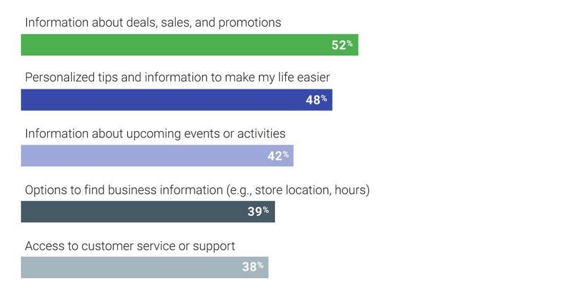 Voice search facilitates multitasking and ease of search, and consumers are eager to take advantage, per Google. These are key needs for marketers to fulfill.
Voice search facilitates multitasking and ease of search, and consumers are eager to take advantage, per Google. These are key needs for marketers to fulfill.
Identify which of the search trends listed above apply to your business. While paid ads generally promote your products and services, you might find success in driving traffic to your site with ad copy that also provides answers to commonly searched queries.
Pro Tip: Audit your negative keyword list if you are working on a campaign or account that has been around for a long time. Traditional best practices in the past may have been to include “how to”, “when does”, “where can I”, etc. These queries should be removed from your negative keyword list to accommodate the growth of voice search.
Amazon and Domino’s
Let’s take a look at two companies that are already taking advantage of voice search.
It is no surprise that Amazon currently has the most real estate in voice shopping. Amazon provides a seamless shopping experience for their customers on multiple platforms. A customer can link their account with the Amazon app and the Alexa app. Research, selection, and execution can take place on any of these platforms. For example, a customer can learn about a deodorant on the Amazon website, purchase that deodorant on the Amazon app, and later tell Alexa to “Reorder deodorant.” Alexa will then make a personalized product selection and reorder that same deodorant.
Subscription models are on the rise, and it is no secret that Amazon is taking advantage of this trend. Voice commands integrate well with subscription models because the products in question have already been selected previously. The seamless integration of Amazon Fresh with Alexa makes grocery shopping easier for busy people.

Domino’s is also taking advantage of voice search. Customers can order a Domino’s pizza from any smart speaker, such as Google Home, Alexa, and Siri. Domino’s wants customers to be able to order food from any device at any time, so they can now also order via text, Facebook Messenger, Slack, Twitter, Smart TVs, and more. In addition, customers can connect their user profile to any of these platforms and have favorites ready for easy reordering at any time.

Domino’s approach epitomizes how brands should approach voice search if they want to get ahead. Customers order pizza from Domino’s, and the more pizza they order, the more money Domino’s makes. Domino’s created a way for customers to easily order pizza (and send them money) from any device they may currently be using. If businesses want to take advantage of voice search, they must create connected applications that integrate with their current offers.
What Should I Do Right Now?
Voice search is still growing; as it continues to rise in popularity, countless new approaches and connected applications are bound to be developed that will change the way we think about this technology.
Because this technology is still on the rise, a creative approach to voice search that focuses on new ways to improve the user experience can likely lead to an innovative new marketing strategy.
One thing is certain with voice search optimization: focus on user experience and put together a voice search strategy now so you don’t fall behind.
Considering optimizing for voice search to improve your customer experience? Contact us to see how we can help.


